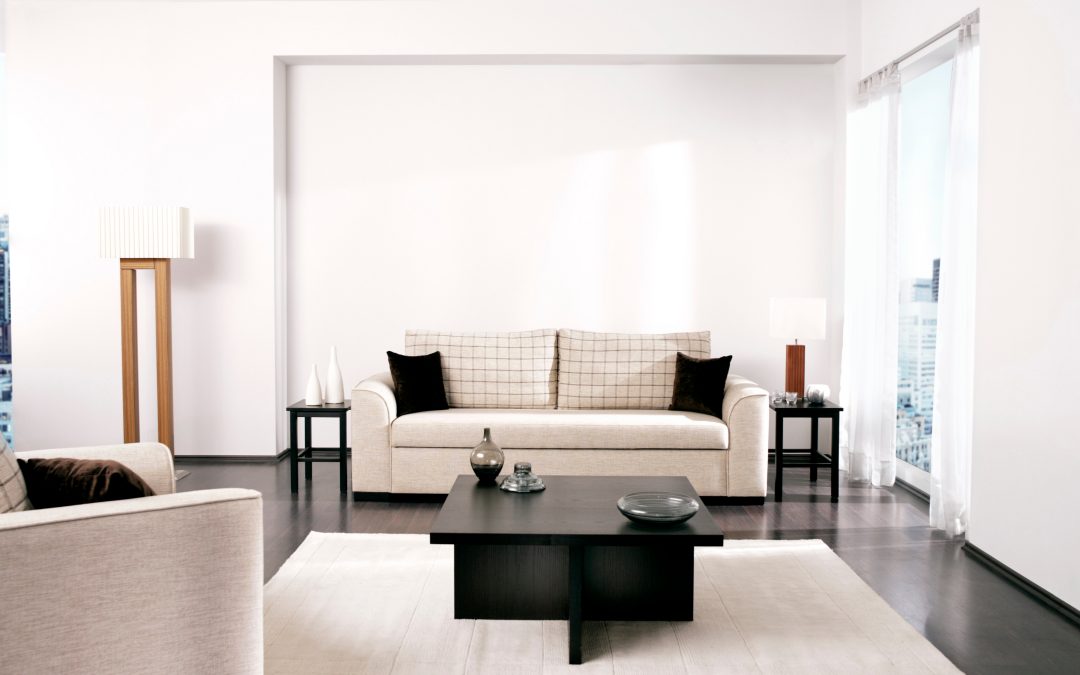If you’re getting ready to sell your house, you’ve probably heard that staging can help. And it’s true. Staged homes often sell faster and for more money than empty or cluttered ones. But here’s the thing: you don’t need to stage every single room in your house to make a strong impression. So, what are the most important rooms to stage when you sell?
Some spaces matter more than others when it comes to catching a buyer’s eye. So if you’re tight on time, budget, or energy, focus on the rooms that really make a difference.
Here’s a guide to the most important rooms to stage when you sell your home, and why they matter.
1. The Living Room
The living room is often the first space buyers see when they walk through the door—and first impressions count. This room sets the tone for the rest of the house, so you want it to feel open, welcoming, and move-in ready.
How to stage it:
- Remove bulky furniture that makes the room feel cramped
- Use light, neutral colors to brighten up the space
- Add a few cozy touches like pillows, plants, or a stylish rug
- Make sure the furniture layout highlights the room’s size and function
Think clean, simple, and warm. You want buyers to walk in and immediately picture themselves relaxing here after a long day.
2. The Kitchen
You’ve probably heard the saying, “kitchens sell houses”—and it’s absolutely true. Buyers pay close attention to kitchens, not just because of their functionality, but because they’re often the heart of the home.
Even if you’re not doing a full renovation, a well-staged kitchen can still leave a lasting impression.
How to stage it:
- Clear off countertops as much as possible
- Tuck away small appliances, dish racks, and magnets
- Add a bowl of fresh fruit or a small vase with flowers
- Make sure the sink is spotless and the garbage is out of sight
If your cabinets or walls need a refresh, a coat of paint in a neutral tone can go a long way. The goal is clean, spacious, and ready to cook in.
3. The Primary Bedroom
The primary bedroom should feel like a retreat. Buyers want to imagine a quiet, restful space to recharge at night, not a cluttered or overly personalized room.
How to stage it:
- Use soft, neutral bedding with a few accent pillows
- Clear off nightstands and dressers
- Remove laundry baskets and excess furniture
- Make sure the lighting is warm and inviting
If you can, use a headboard or framed art to create a focal point above the bed. The room should feel calm, not chaotic.
4. The Dining Area
Even if your home doesn’t have a formal dining room, any eating area is worth staging. This helps buyers see how the space can be used for everyday meals or entertaining guests.
How to stage it:
- Set the table with placemats, dishes, or a simple centerpiece
- Use matching chairs to create a cohesive look
- Remove high chairs or booster seats unless your audience is specifically young families
The dining area should feel functional and inviting, even if it’s part of an open-concept layout.
5. The Entryway
It’s easy to overlook the entryway, but this is where buyers take their first physical step into your home. A tidy, welcoming entrance can create a great emotional response right from the start.
How to stage it:
- Keep it clutter-free
- Add a mirror or small console table with a lamp
- Use a simple doormat or runner
Make sure there’s space to walk in without bumping into shoes, coats, or boxes. It should feel like a natural, welcoming transition into the home.
What About the Other Rooms?
You don’t need to stage every room to perfection. But here’s how to handle the rest:
Secondary Bedrooms
Keep them clean, neutral, and minimal. If they’re being used as an office or gym, make sure the space is still easy to understand and not overcrowded.
Bathrooms
Make sure they sparkle. Remove personal items, add fresh towels, and maybe a small plant or candle. A clean, hotel-like feel goes a long way.
Laundry Room
Tidy up. Hide soaps, clutter, and anything that looks like “work.” A clean laundry space helps the home feel organized.
Bonus Spaces
Got a finished basement, sunroom, or flex room? Highlight it! Help buyers understand how the space can be used, but keep the decor simple and neutral.
Final Tips for First-Time Sellers
Staging doesn’t mean decorating. It’s about helping buyers see the potential of the space. You don’t need to spend a lot of money, but a few thoughtful changes can make a big difference.
Here are a few general rules to keep in mind:
- Declutter everything. Less is always more when it comes to staging.
- Depersonalize. Take down family photos, collections, or anything that’s “too you.”
- Let the light in. Open blinds and turn on lights before showings.
- Neutral tones work best. Stick with light, calming colors that appeal to a broad audience.
You don’t have to stage your whole house to make a great impression—but you should focus on the rooms that matter most. The living room, kitchen, primary bedroom, dining area, and entryway are where buyers form their strongest emotional connections.
By taking the time to stage these key spaces, you help buyers imagine life in your home—and that can make all the difference when it’s time to sell.
Need help figuring out what areas of your home will make the biggest impact? I’d be happy to take a look and guide you through it.






